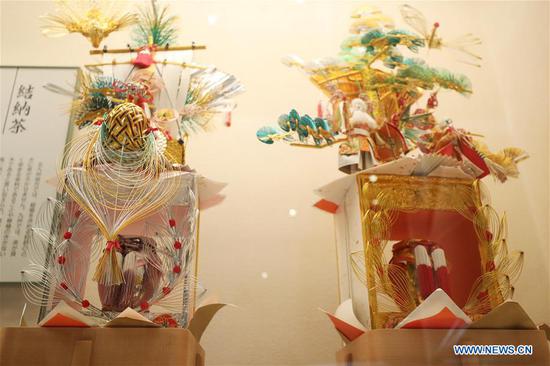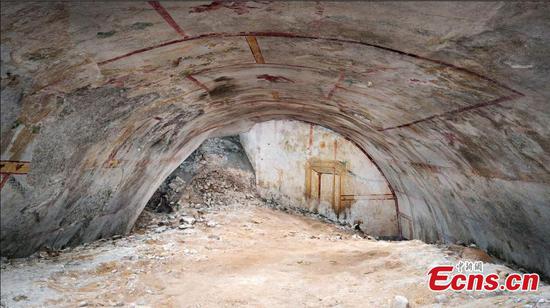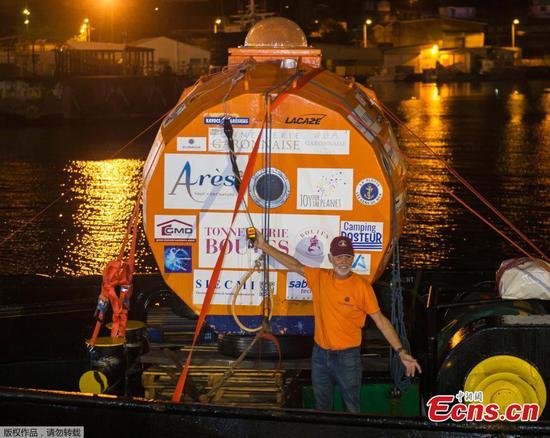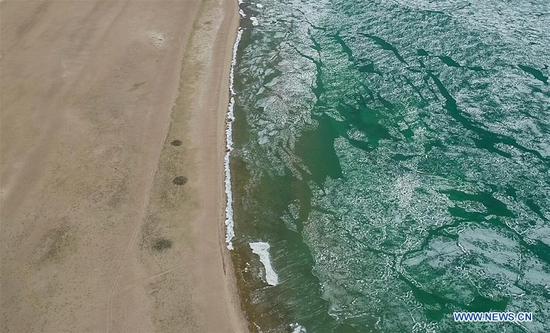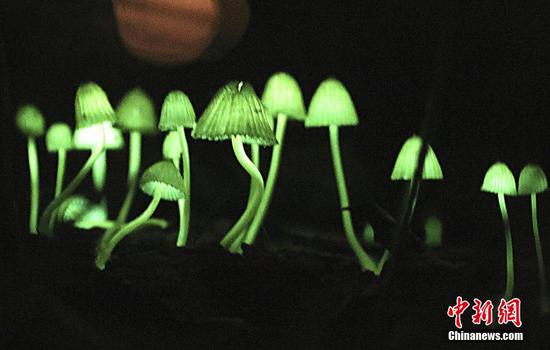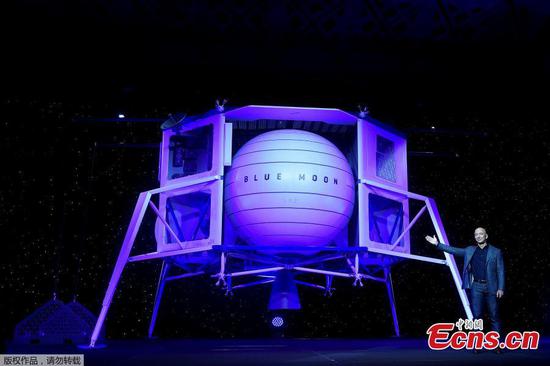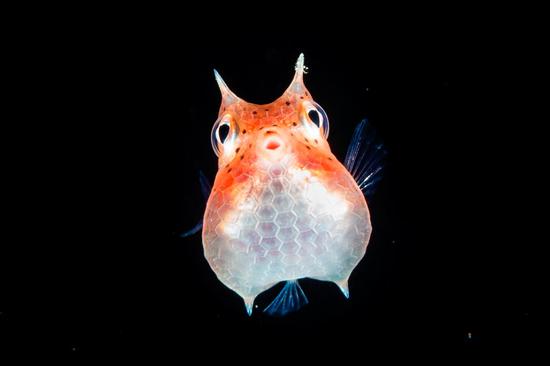The U.S space agency NASA's Mars orbiter has caught the Martian moon Phobos in a full moon phase for the first time.
The pictures released by NASA recently showed three rainbow-colored spots like candies. Those observations were made since September of 2017 which could help scientists understand what materials make up Phobos, the larger of Mars' two moons.
The colors, detected by the orbiter's infrared camera, represent a temperature range.
The orbiter called Odyssey is NASA's longest-lived Mars mission, equipped with a heat-vision camera that can detect changes in surface temperature as Phobos circles Mars every seven hours, according to NASA.
"This new image is a kind of temperature bullseye -- warmest in the middle and gradually cooler moving out," said Jeffrey Plaut, Odyssey project scientist at NASA.
On April 24, 2019, the camera looked at Phobos with the Sun behind the spacecraft. A full moon view is good for studying material composition.
The data about how iron and nickel are mixed with other mineral could help determine whether Phobos is a captured asteroid or a pile of Mars fragments, blasted into space by a giant impact long ago, according to the researchers.
Space community are discussing the possibility of human exploration of Phobos in distant future. Identifying landing hazards and understanding the space environment could help future missions to land on the surface.












